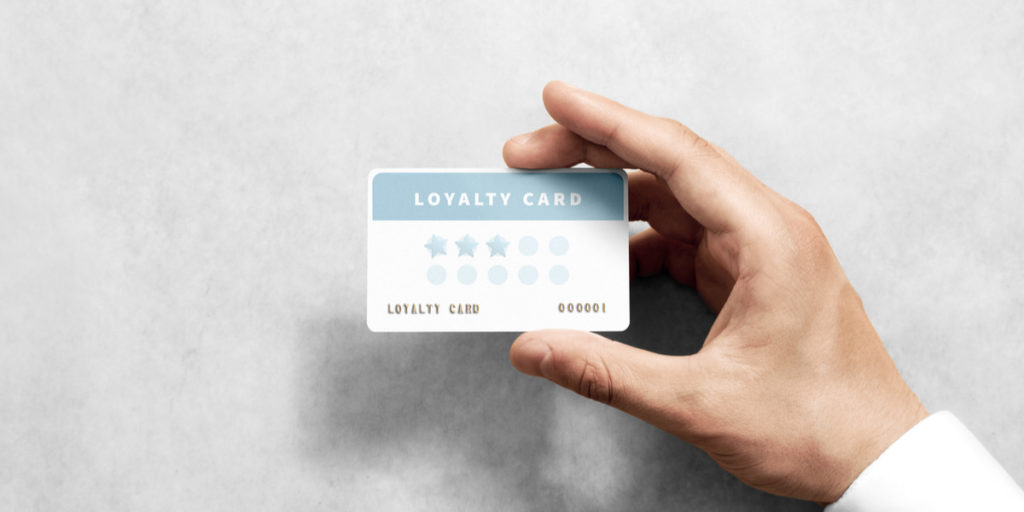With the shipping crisis showing few signs of slowing, retailers are busy coming to grips with the fact that they might have to raise their prices to absorb skyrocketing supply costs. But with competition and expectations being high, especially when it comes to the customer journey, it’s easy to see why brands might be increasingly concerned with their bottom lines. Increasing average order value is a longtime tried and true strategy for retailers.
However, as sustainability is also high on the agenda for many businesses, it’s important to ensure that any tactics used to increase average order value aren’t also negating efforts to become more sustainable.
What is Average Order Value?
Firstly, let’s examine exactly what average order value is. Average order value is a key performance indicator used by eCommerce businesses to calculate the average amount spent when a customer makes a purchase on their online store.
It is calculated by dividing total revenue by total number of orders. If monthly revenue is €50,000, and it was generated from a total of 900 orders, the average order value for that month would have been €55.55.
Now, we’ll take look at 4 different ways to increase your average order value in a sustainable way.

Introduce a Free Shipping Threshold
Offering free shipping for all orders might satisfy customer expectations to some extent, but it could also be having a severe result on a brand’s profit margin. Introducing a free shipping threshold (for example, on orders over €60) is a highly-effective way to increase average order value. The logic for customers here is why pay for shipping when you could buy another product and get delivery for free. However, there are two important things to keep in mind when using a free shipping threshold.
Firstly, the threshold itself needs to be higher than your current Average Order Value, and should also ideally cover your shipping costs. Secondly, encouraging customers to add products to their order that they don’t actually need is a big no-no as far as sustainability goes. Therefore, to try to prevent overconsumption, retailers need to make the browsing experience as relevant and personalised as possible – using previous purchases, search history, filter and attribute preferences to serve suggested products for upselling and cross-selling.

Start a Loyalty Program
Here’s a staggering figure – repeat customers spend 15% more in a single order and 120% over the course of a year than once-off or first-time shoppers. Using a loyalty program can not only help with repeat custom but also increase average order value when leveraged successfully. Retailers can use discount codes to the same effect as that of a free shipping threshold (e.g. spend over €60 and get 10% off). Alternatively (or in addition to that), brands can offer customers the chance to collect points every time they make a purchase, which can then be redeemed against products on their online stores. Offering extra points for purchases made over a specific spend threshold can also really help in driving average order value up.

Use AI to Support the Customer Journey
Plugging artificial intelligence into various touchpoints of the customer journey can really help customers in terms of the decision-making process. Boosting confidence in their purchasing decisions leads to more considered, and often higher-value transactions.
Chatbots can be particularly useful to answer questions about products as customers are browsing. IKEA is a great example of how successful AI can be, having seen a 2% lift in average order value worldwide in 2021 by triggering product recommendations in shopping baskets, as well as editorial-focused content recommendations and ‘frequently bought together’ suggestions.

Inject Social Proof
Similar to that of AI, sprinkling different forms of social proof throughout the customer journey, such as reviews and user-generated content can have a positive effect on a brand’s average order value. 84% of online customers trust online reviews, while visitors spend 90% more time on websites that include UGC galleries. Therefore, including feedback and photos/videos that have been submitted by customers themselves will often give shoppers the nudge they need to make a larger purchase.
Social proof can be integrated into multiple touchpoints of the browsing experience, for example, customer reviews and UGC gallery feeds on product pages, in cart abandonment emails, exit-intent popups, etc. Including attribute-specific information in any form of social proof adds another layer of context and relevance for potential customers too – for example, a customer review on a specific haircare product could include that customer’s hair type (fine, thick, colour-treated, damaged, etc.) That way other customers can easily see real-life results from those that they can most relate to.
Again, retailers don’t want to be encouraging over-consumption or making multiple purchases with a view to return the ones that don’t work, so social proof is a powerful way to help customers to get their purchases right the first time around, and ensuring that a brand’s returns rate doesn’t negatively impact its AOV.
Want to learn more about how Scurri has helped global brands streamline their delivery process? Talk to us today!

AUTHOR
Michelle McSweeney Content Marketer
